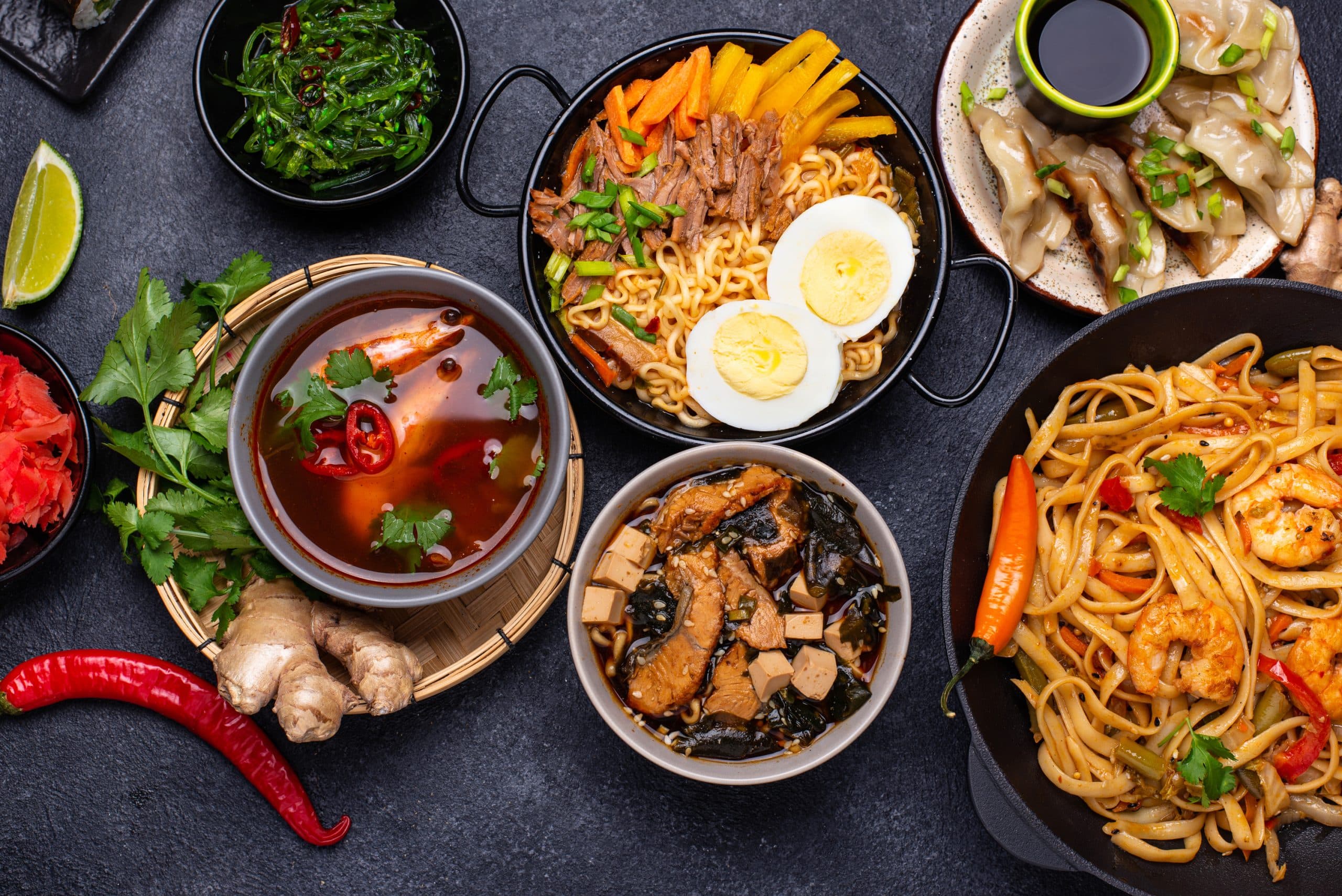For those of you who have sampled the exquisite tastes of Moroccan cuisine, you’d agree that the experience is often an unforgettable one. Among the plethora of dishes this rich and diverse culinary tradition offers, the chicken tagine with preserved lemons stands out. This dish, with its harmonious blend of spices, tender chicken, and the sharp tang of preserved lemons, takes you on a sensory journey to the heart of Morocco. So, how can you replicate this dish in your kitchen? This article will guide you through the techniques and secrets of preparing an authentically seasoned Moroccan tagine with preserved lemons.
Understanding the Moroccan Tagine
Before getting to the recipe, it’s important to understand the tagine. It is both a cooking vessel and a dish. The vessel, traditionally made of clay, has a distinctive cone-shaped lid that allows for a unique cooking process. The heat circulates evenly, and the condensation from the food’s moisture drops back into the dish, keeping the ingredients moist and tender.
In the same genre : Can you master the art of a gourmet beef Wellington with a duxelles and prosciutto?
However, don’t worry if you don’t have a tagine. You can still cook a delicious Moroccan tagine using a dutch oven or a heavy-bottomed casserole dish. The key is to maintain a slow and consistent cooking temperature.
Ingredients and Preparation
As with any recipe, the quality of your ingredients is crucial. For a Moroccan tagine, you will need a whole chicken, which you can cut into pieces yourself, or ask your butcher to do it for you. If you’re not a fan of chicken skin, feel free to remove it.
Also read : What’s the Secret to a Perfect New York Cheesecake with No Cracks?
The other essential ingredients are preserved lemons and olives. Preserved lemons offer a unique taste, combining citrus and a slight bitterness that’s central to the dish’s flavor profile. If you can’t find them in your local store, they’re relatively simple to make at home.
On the other hand, the tangy taste of olives adds a delightful contrast to the dish’s overall flavor. Use green olives for this recipe. If they’re pitted, even better, but whole olives will work just as well.
The Art of Seasoning
The magic of the Moroccan tagine lies in its seasoning. It’s a delicate balance, a symphony of spices that must be conducted with finesse. You’ll need ground ginger, paprika, cumin, coriander, cinnamon, and of course, saffron. Saffron adds a delicate fragrance and a vibrant color, but remember, a little goes a long way.
Salt is another crucial ingredient. Use sea salt for a more natural taste. However, be mindful not to overdo it. Begin with a teaspoon and adjust as necessary to suit your taste buds.
Cooking the Tagine
Now that you’re armed with the finest ingredients and a grasp of the art of seasoning, it’s time to cook the tagine. Start by heating some olive oil in your tagine or substitute pot over medium heat. Add the chicken pieces and brown them on all sides. This step not only gives the chicken a good color but also locks in the juices.
Next, it’s time to introduce the spices. Lower the heat and sprinkle the spice mixture over the chicken, ensuring each piece is well coated. Be gentle with the stirring to avoid breaking the chicken pieces.
After the spices, it’s time to add the onions, followed by the preserved lemons and olives. Pour enough water to almost cover the ingredients, cover the tagine, and let it simmer for about 60 minutes.
As you follow these steps, remember – tagine is a slow-cooked dish. Patience is key.
Serving and Ratings
The Moroccan tagine is traditionally served with couscous or bread. Couscous complements the dish perfectly, as it soaks up the flavorsome sauce.
When it comes to ratings, the chicken tagine with preserved lemons often ranks high. Its complex, yet harmonious mix of flavors can transform any dinner into a special occasion.
To enhance the dining experience, serve the tagine directly in its cooking vessel, allowing your guests to immerse themselves in the full Moroccan experience.
Remember, every recipe is a guideline. Feel free to tweak this one to your preference. Add more or less of the spices, replace the chicken with lamb, or add other vegetables to the mix. It’s your culinary adventure, after all. Enjoy the journey.
Special Touches for Authentic Moroccan Tagine
To create an authentic Moroccan chicken tagine with preserved lemons, there are a few special touches you can add to elevate your dish. One of them is the use of Ras El Hanout. This is a spice blend that originates from North Africa and it is a staple in Moroccan cuisine. Ras El Hanout can contain anywhere from 10 to 100 different spices, including cardamom, clove, cinnamon, ground chili peppers, coriander, cumin, peppercorn, paprika, fenugreek, and turmeric.
Another tip is to use chicken thighs instead of chicken breasts. Chicken thighs are more flavorful and tender when cooked for a long time, making them ideal for a slow-cooked dish like tagine.
In addition to preserved lemons, consider adding a splash of fresh lemon juice towards the end of the cooking process. This will enhance the citrus flavor and add a fresh note to the dish.
Lastly, be generous with the use of olive oil. Moroccan cuisine is known for its liberal use of olive oil, which adds a rich and slightly fruity flavor to the dishes.
Conclusion and Ratings
In conclusion, crafting a perfectly seasoned Moroccan tagine with preserved lemons involves understanding the unique cooking process of a tagine, using quality ingredients, mastering the art of seasoning, and adding special touches that enhance the authentic Moroccan flavors.
The chicken tagine with preserved lemons has consistently received high ratings from Moroccan cuisine enthusiasts. Its beautiful blend of flavors is a testament to the rich culinary heritage of Morocco.
The tanginess of the preserved lemons and green olives, the succulence of the chicken thighs, the fragrant aroma of the Ras El Hanout and the rich, fruity notes of the olive oil make this dish a truly immersive culinary experience.
So whether you’re a seasoned chef or a home cook looking to explore new cuisines, the Moroccan chicken tagine with preserved lemons is a dish well worth trying. With patience, quality ingredients, and a love for cooking, you’ll be able to bring a taste of Morocco right to your kitchen.
Just remember, as with all recipes, feel free to make it your own. After all, the best dishes are those that are made with love and personal touches. So go ahead, grab your tagine, or a dutch oven, and start your Moroccan culinary adventure today.






